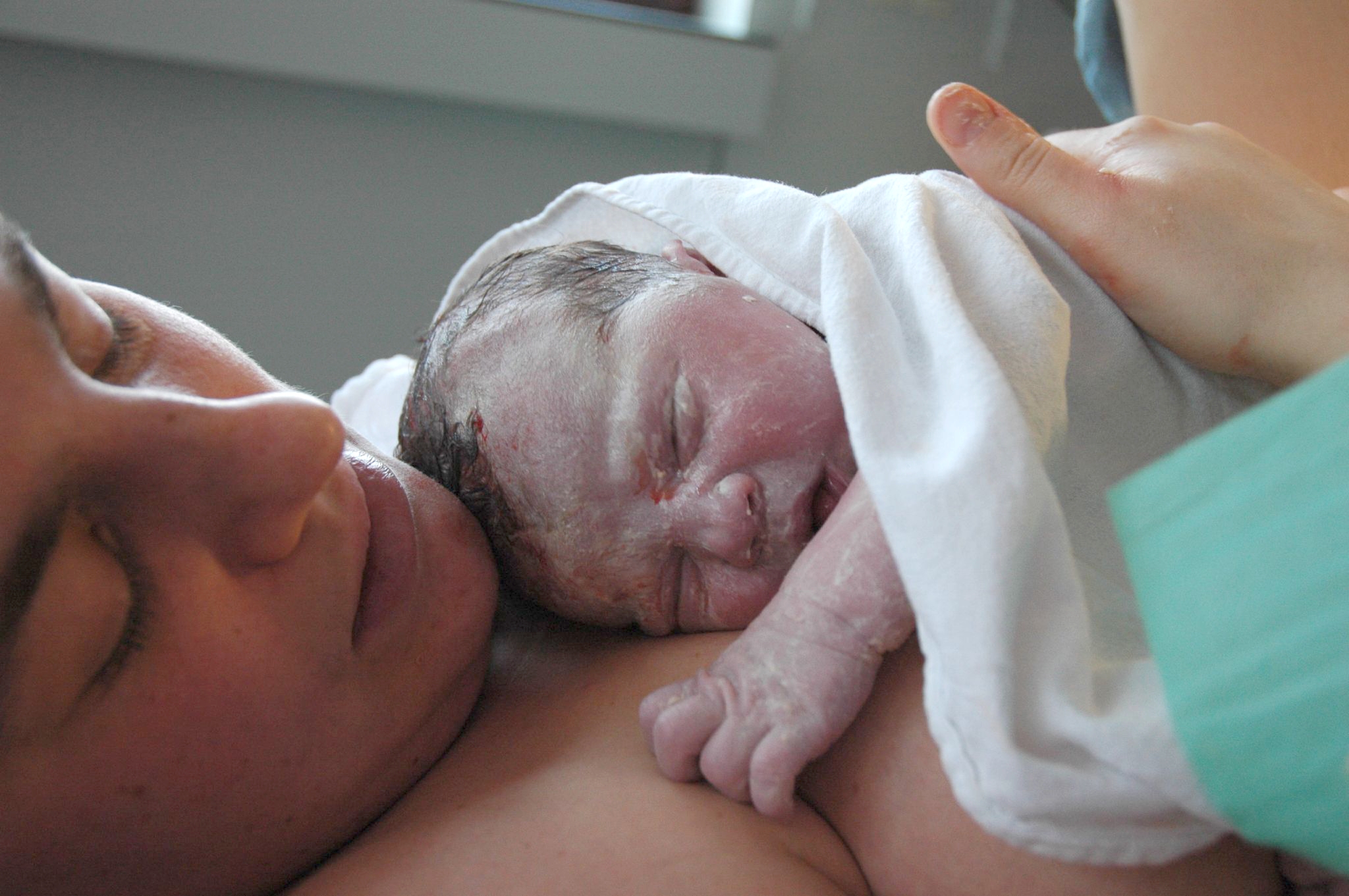
Pregnancy and Childbirth: A Comprehensive Guide
Pregnancy and childbirth are transformative experiences that bring forth a profound sense of joy and responsibility. This comprehensive guide delves into the intricate journey from conception to delivery, providing essential information and insights for expectant parents.
Conception and Pregnancy
Conception occurs when a sperm fertilizes an egg, resulting in the formation of a zygote. This microscopic entity undergoes rapid cell division as it travels through the fallopian tube towards the uterus. Upon reaching the uterus, the zygote implants into the uterine lining, initiating the process of pregnancy.
The first trimester of pregnancy (weeks 1-12) is characterized by rapid embryonic development. The embryo’s major organs and systems begin to form, and the placenta, a vital organ that facilitates nutrient exchange between mother and fetus, develops. During this period, expectant mothers may experience symptoms such as morning sickness, breast tenderness, and fatigue.
The second trimester (weeks 13-27) brings about noticeable changes in the mother’s body. The uterus expands, and the fetus grows rapidly. Fetal movements become more pronounced, and the mother may begin to feel the baby’s kicks and turns. This trimester is often associated with increased energy levels and a sense of well-being.
The third trimester (weeks 28-40) is marked by further fetal growth and development. The baby’s lungs mature, and it gains weight and strength. The mother’s body prepares for labor and delivery, with the cervix softening and the ligaments around the pelvis relaxing. This trimester can be physically and emotionally challenging, as the mother’s body undergoes significant changes and the anticipation of childbirth grows.
Labor and Delivery
Labor is the process by which the baby is expelled from the uterus. It typically begins with regular contractions, which gradually increase in intensity and frequency. The cervix dilates (opens) to allow the baby’s passage through the birth canal.
The first stage of labor, known as the latent phase, is characterized by mild contractions that may last for several hours. The second stage, the active phase, involves more intense contractions that cause the cervix to dilate fully. The third stage of labor is the delivery of the baby. The mother may need to push to assist the baby’s passage.
After the baby is born, the placenta is delivered. This is known as the fourth stage of labor. The mother will likely experience vaginal bleeding and cramping for several days following delivery.
Postpartum Recovery
The postpartum period refers to the time after childbirth. During this period, the mother’s body undergoes significant changes as it recovers from pregnancy and labor. The uterus shrinks back to its original size, and the hormonal balance shifts.
Physical recovery from childbirth can take several weeks or months. The mother may experience vaginal bleeding, breast tenderness, and abdominal pain. Rest, proper nutrition, and support from family and friends are essential for a smooth recovery.
Emotional recovery is equally important. Many new mothers experience a range of emotions, including joy, exhaustion, and anxiety. Postpartum depression is a serious condition that can affect up to 15% of women after childbirth. It is characterized by persistent feelings of sadness, hopelessness, and fatigue. If you experience these symptoms, it is crucial to seek professional help.
Prenatal Care and Childbirth Options
Prenatal care is essential for a healthy pregnancy and childbirth. Regular visits to a healthcare provider allow for monitoring of the mother’s and baby’s health, as well as education and support.
Expectant parents have a range of choices regarding childbirth, including:
- Vaginal birth: The most common method of childbirth, vaginal birth involves the baby being delivered through the mother’s vagina.
- Cesarean section: A surgical procedure in which the baby is delivered through an incision in the mother’s abdomen.
- Water birth: A type of vaginal birth in which the mother labors and delivers in a pool of warm water.
- Home birth: A type of vaginal birth that takes place in the mother’s home, assisted by a midwife or other healthcare professional.
The best childbirth option for each individual depends on a variety of factors, including the mother’s health, the baby’s position, and the preferences of the expectant parents.
Conclusion
Pregnancy and childbirth are profound experiences that require preparation, support, and a deep understanding of the physical and emotional journey involved. By embracing the information and guidance provided in this comprehensive guide, expectant parents can navigate this transformative time with confidence and joy. Remember that every pregnancy and childbirth is unique, and seeking professional guidance throughout the process is essential for ensuring the well-being of both mother and child.